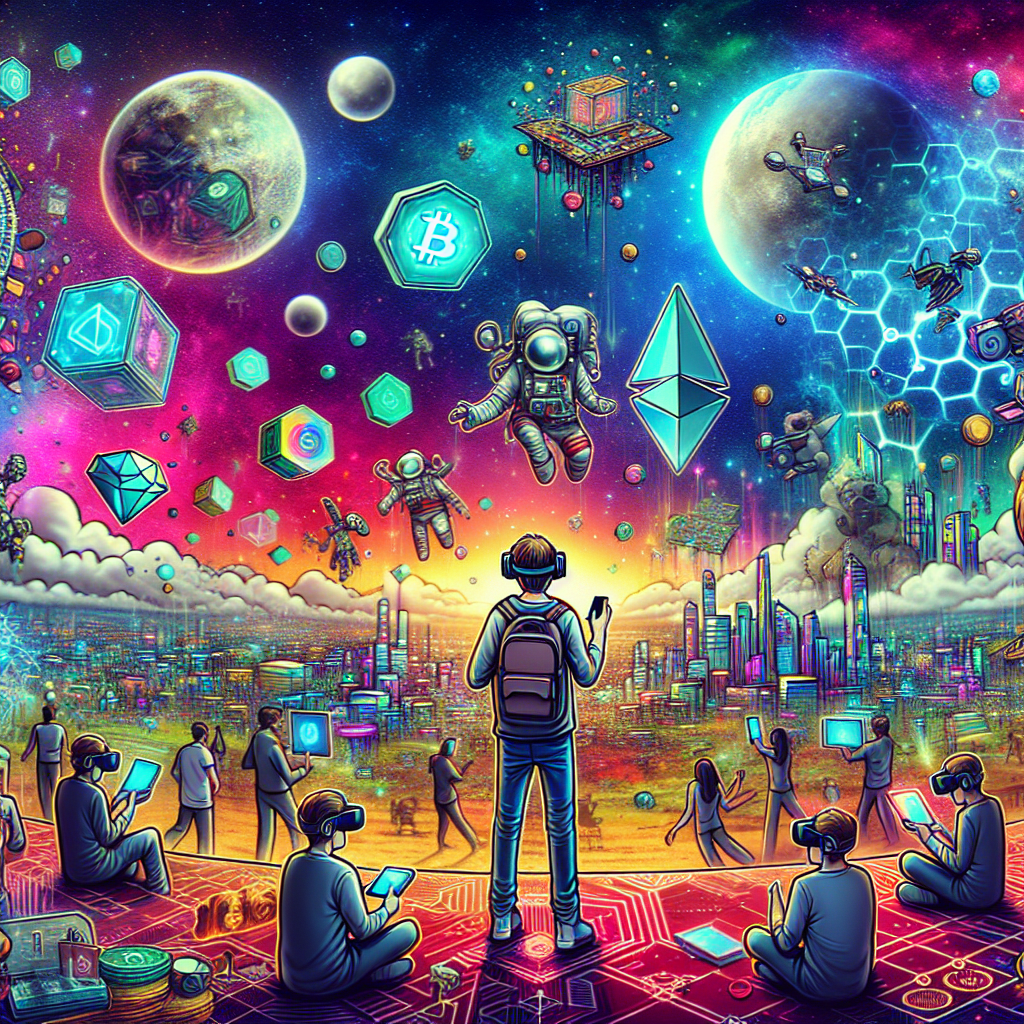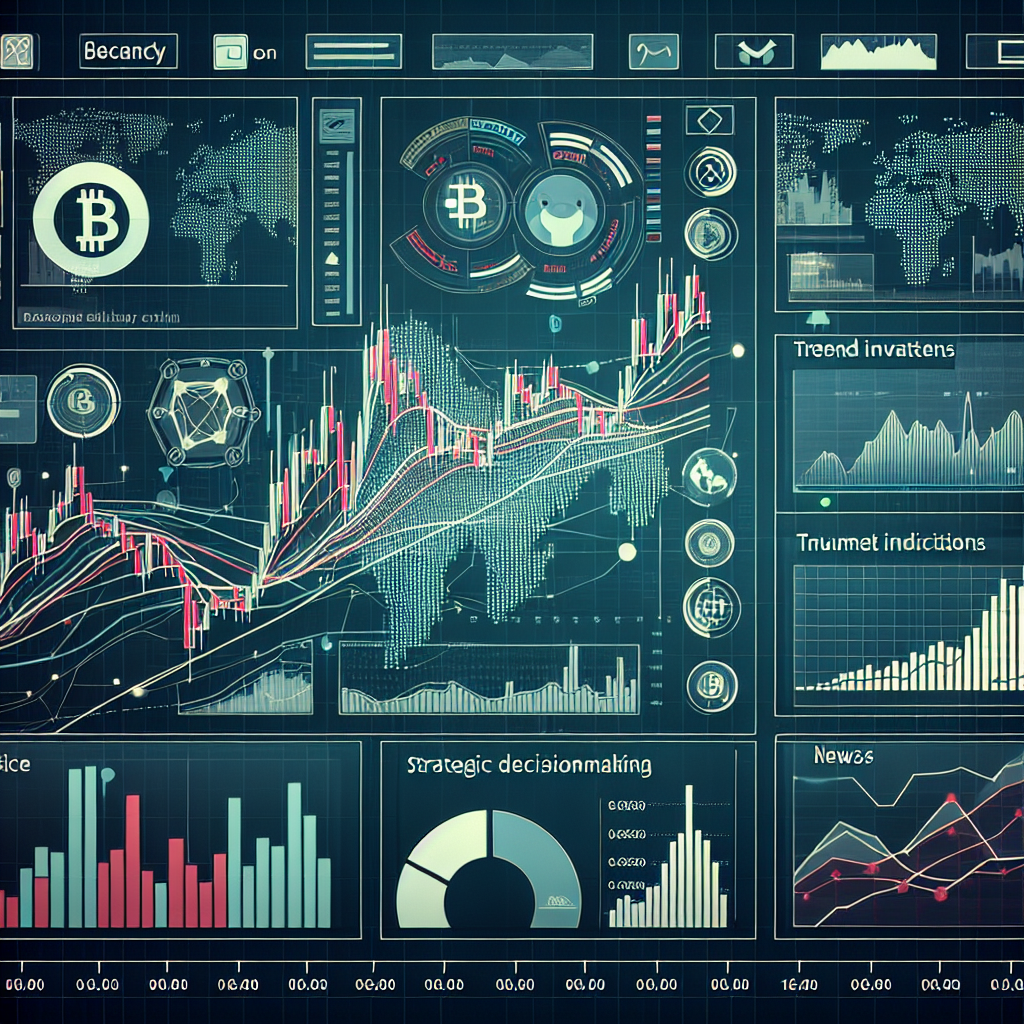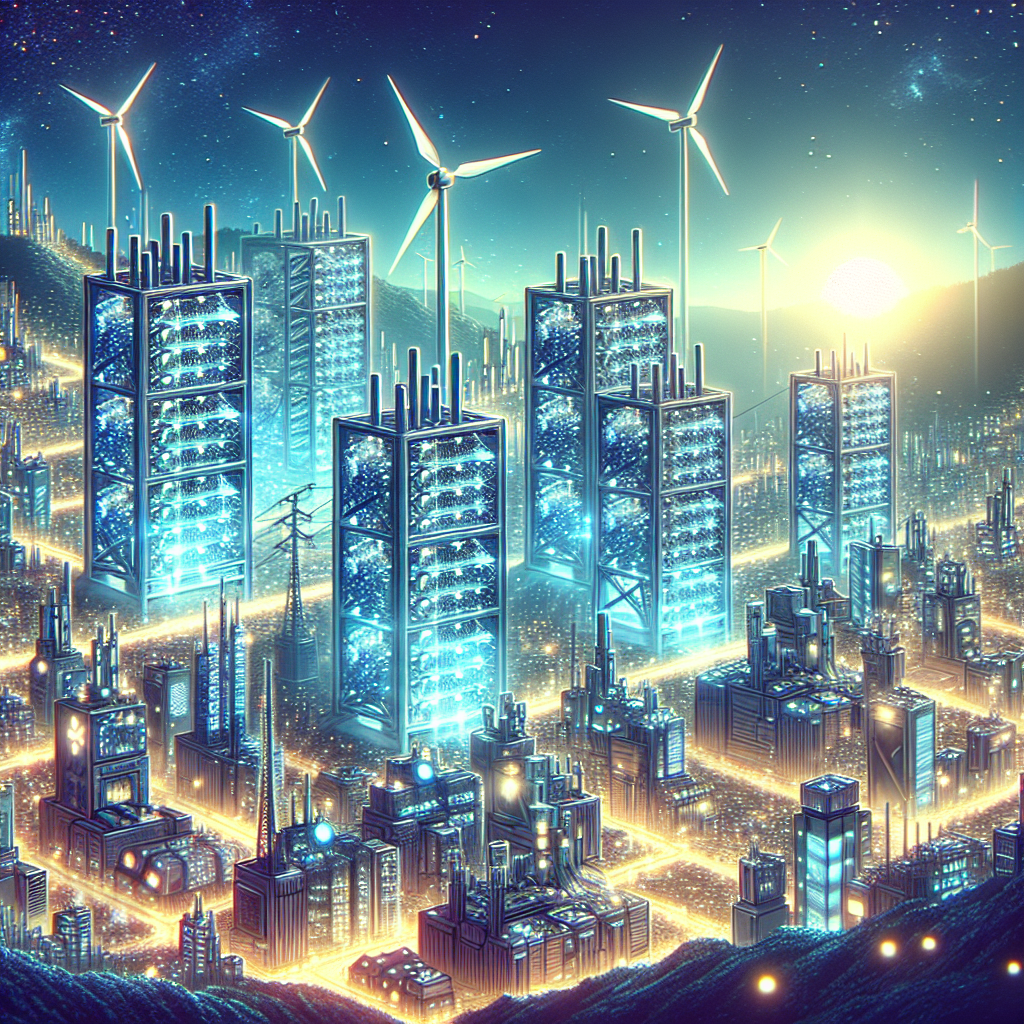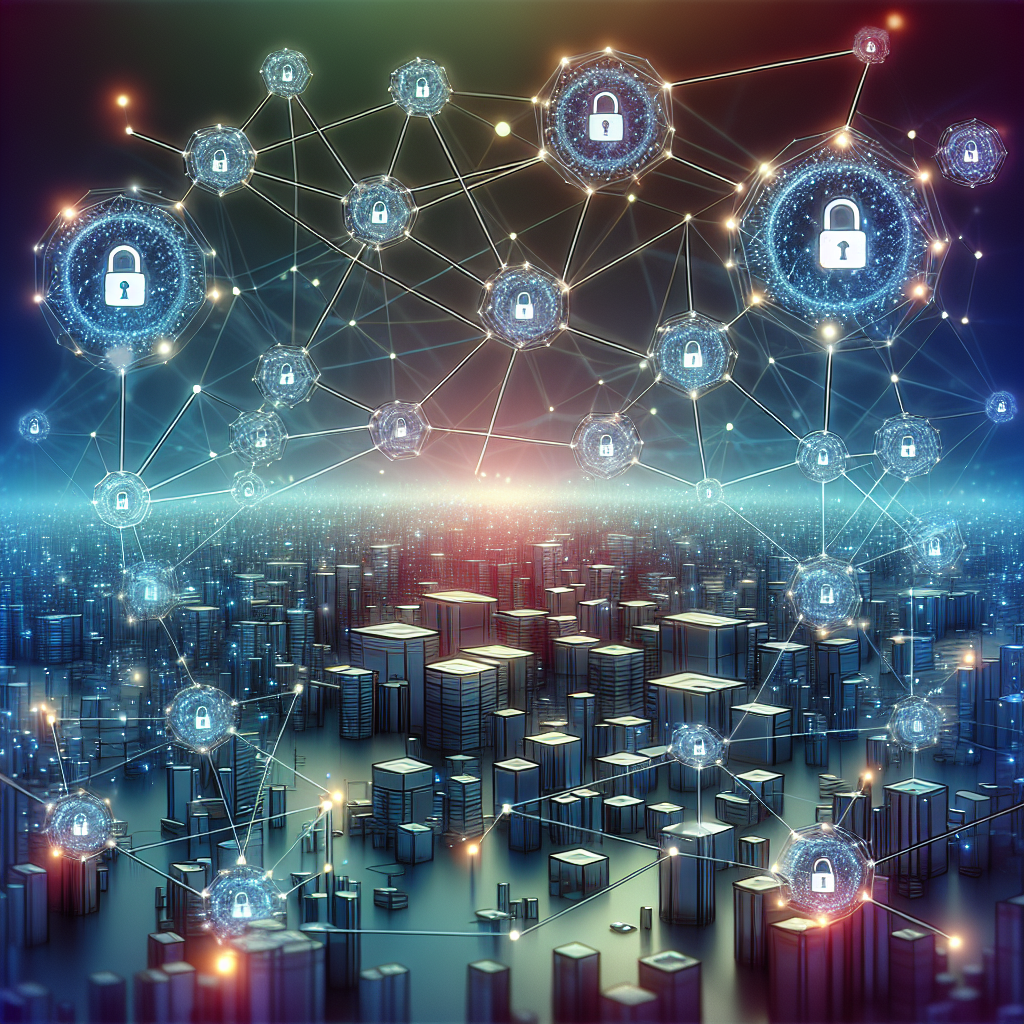NFTs, or Non-Fungible Tokens, are digital items that people can buy and own. Unlike regular money, which can be exchanged for another identical dollar, each NFT is unique. This means that if you own an NFT, there is no other one like it in the world! They can be anything from digital art, music, videos, or even virtual pets.
The use of NFTs is changing how we think about collectibles. In the past, when people collected items like cards or stamps, they would keep them safe in a box or display them on a shelf. With NFTs, you can keep them in a digital wallet! This allows people to show off their collections online easily and trade them with others around the globe.
One important term to know is ‘blockchain’. This is a secure technology that stores information about every NFT. It makes sure that the ownership of an NFT is clear, and no one can cheat or copy it. Because of blockchain, when you buy an NFT, you can be sure that it’s the real deal.
NFTs are also giving artists new ways to share and sell their work. Instead of relying on galleries or shops, they can sell their art directly to fans through the internet. This creates more opportunities for creative people and lets them earn money in new ways.
In summary, NFTs are special digital collectibles that are changing how we view ownership and creativity in the digital world. They make it easy to own and trade unique items while supporting artists directly.
What Are NFTs?
NFTs, or Non-Fungible Tokens, are unique digital assets that represent ownership of a specific item or piece of content, such as art, music, videos, and more. Unlike cryptocurrencies like Bitcoin or Ethereum, which are fungible (meaning one Bitcoin is equal to another), NFTs are one-of-a-kind and cannot be exchanged on a one-to-one basis.
Key Terms
- Fungible: Something that can be exchanged for something of equal value (like money).
- Blockchain: A digital ledger that records transactions securely and transparently.
- Smart Contract: A self-executing contract with the terms of the agreement directly written into lines of code.
The Rise of NFTs
The popularity of NFTs skyrocketed in recent years, mainly due to the increasing value of digital art and collectibles. The ability to prove ownership and authenticity through the use of blockchain technology is a significant factor in this growth.
“NFTs have revolutionized the way we think about ownership and value in the digital age.”
How NFTs Work
NFTs are created and stored on a blockchain, which ensures that each token is unique and that the ownership history is transparent and secure. Here’s how they generally work:
- A creator makes a digital item (like a drawing, music file, or video).
- Using a platform, the creator can mint (create) an NFT that represents their digital item.
- The NFT is then listed on a marketplace where people can buy, sell, or trade it.
How NFTs Transform Collectibles
NFTs have the potential to drastically change the world of collectibles in several ways:
- Proof of Ownership: Each NFT has a unique identifier and ownership record, which helps to prove that someone owns the item.
- Global Access: Anyone can buy or trade NFTs from anywhere in the world, making the art and collectibles market more accessible.
- Royalties for Creators: Smart contracts can be programmed to pay creators a percentage each time their artwork is resold.
“NFTs give artists control over their creations like never before.”
Challenges and Criticisms
Despite their potential, NFTs also face several challenges and criticisms:
- Environmental Concerns: The process of minting NFTs often requires significant energy consumption due to the proof-of-work systems used by many blockchains.
- Market Volatility: The value of NFTs can fluctuate significantly, sometimes leading to large losses for investors.
- Copyright Issues: There can be confusion around who truly owns the copyright of a digital item purchased as an NFT.
Future Possibilities
The future of NFTs is still being shaped, but there are numerous possibilities for their development:
- Integration with Virtual Reality (VR): NFTs could play a key role in virtual worlds, as they can represent ownership of virtual land or items.
- Creation of Exclusive Communities: NFTs might allow creators to form exclusive groups for collectors or fans.
- Promotion of Digital Art: More artists will likely start using NFTs to reach wider audiences.
The purpose of collectible NFTs – explained simply. #nft #web3 #digitalart #collectibles
Final Thoughts
While NFTs are still a relatively new concept, they have already started to change the way we think about collectibles and ownership in the digital world. Their ability to provide authenticity and create new opportunities for creators makes them a fascinating subject for exploration. As the technology develops, we can expect to see even more innovative uses for NFTs in the future.
What are NFTs?
NFTs, or Non-Fungible Tokens, are unique digital assets that represent ownership of a specific item or piece of content on a blockchain. Unlike cryptocurrencies such as Bitcoin, which are fungible and can be exchanged for one another, NFTs are one-of-a-kind and cannot be replaced with something identical.
How do NFTs work?
NFTs are created through a process called minting, where digital content is linked to a blockchain. This blockchain technology provides a secure and transparent ledger, ensuring the authenticity and ownership of the asset. Each NFT has distinct information that makes it unique, including metadata and a digital signature.
What types of collectibles can be represented as NFTs?
NFTs can represent a wide variety of collectibles, including digital art, music, videos, virtual real estate, trading cards, and even in-game items. Essentially, any digital asset that can be tokenized can be turned into an NFT, giving it value and ownership in the digital realm.
How can NFTs transform the collectibles market?
NFTs have the potential to revolutionize the collectibles market by providing verifiable proof of ownership and authenticity. This technology can eliminate forgery and piracy issues, allowing collectors to buy and sell with confidence. Additionally, NFTs can create new revenue streams for artists and creators through royalties on secondary sales.
Are NFTs environmentally friendly?
The environmental impact of NFTs largely depends on the blockchain they are built on. Some blockchains use energy-intensive proof-of-work systems, which can contribute to high energy consumption. However, many newer platforms are shifting towards more sustainable solutions, such as proof-of-stake, to reduce their ecological footprint.
How can I buy an NFT?
To buy an NFT, you typically need a cryptocurrency wallet that supports the blockchain on which the NFT is issued. After setting up your wallet and purchasing cryptocurrency (like Ethereum), you can visit NFT marketplaces where you can browse, bid, or buy NFTs directly from creators or other collectors.
Is owning an NFT the same as owning the copyright?
Owning an NFT does not typically confer copyright or intellectual property rights to the associated content. Instead, it indicates ownership of a specific token representing that content. Buyers should understand the terms of each NFT, as the rights can vary from one asset to another.
Are NFTs just a fad?
While the NFT market has experienced tremendous growth and hype, many believe that it represents a lasting change in how we value and trade digital assets. As more artists, brands, and consumers explore the possibilities of NFTs, they may solidify their place in the market beyond a mere trend.




